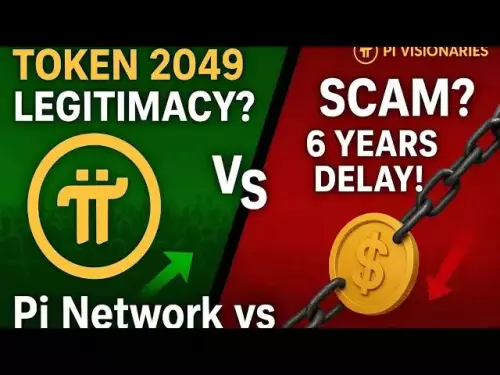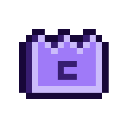-
 bitcoin
bitcoin $114779.865156 USD
2.30% -
 ethereum
ethereum $4226.519789 USD
2.39% -
 tether
tether $1.000545 USD
0.04% -
 xrp
xrp $2.890223 USD
0.92% -
 bnb
bnb $1030.029301 USD
2.95% -
 solana
solana $212.824944 USD
1.69% -
 usd-coin
usd-coin $0.999757 USD
0.01% -
 dogecoin
dogecoin $0.234961 USD
-0.27% -
 tron
tron $0.337174 USD
0.42% -
 cardano
cardano $0.804783 USD
0.09% -
 hyperliquid
hyperliquid $45.748770 USD
-2.85% -
 chainlink
chainlink $21.699170 USD
0.82% -
 ethena-usde
ethena-usde $1.001452 USD
0.08% -
 avalanche
avalanche $30.237800 USD
1.14% -
 stellar
stellar $0.372604 USD
1.52%
How to place a limit order on Gate.io?
On Gate.io, limit orders let you set a specific price to buy or sell crypto, ensuring control over execution but requiring market matching for fulfillment.
Sep 13, 2025 at 09:55 am
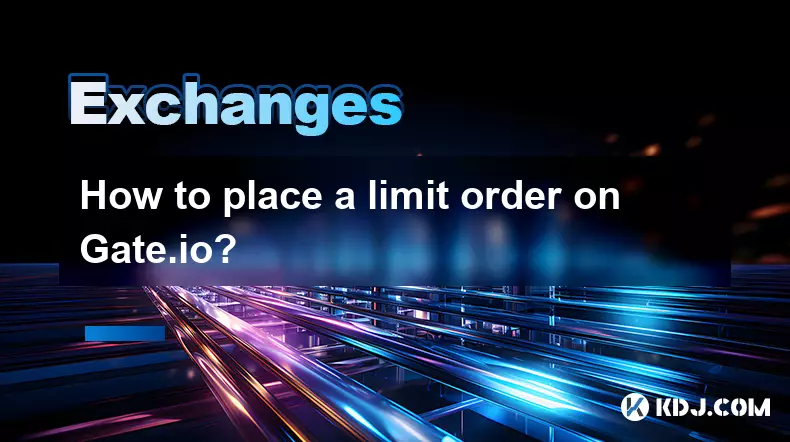
Understanding Limit Orders on Gate.io
1. A limit order allows traders to set a specific price at which they are willing to buy or sell a cryptocurrency. This type of order ensures control over the execution price, though it may not be filled immediately if market conditions do not meet the specified criteria. On Gate.io, one of the leading digital asset exchanges, placing a limit order is a straightforward process designed for both novice and experienced users.
2. Before initiating any trade, users must log into their Gate.io account and ensure sufficient funds are available in the appropriate wallet. Transferring assets from the main account to the trading account might be necessary depending on the exchange’s internal structure. Once funds are in place, navigation to the desired trading pair is essential—such as BTC/USDT or ETH/BTC—through the spot trading section.
3. The trading interface displays real-time market data, including current bids, asks, and recent trades. Traders should analyze this information carefully before deciding on a limit price. Choosing a price too far from the current market value could result in the order remaining unfilled for an extended period, especially in low-liquidity markets.
Step-by-Step Process to Place a Limit Order
1. After selecting the correct trading pair, locate the order entry panel typically found on the right-hand side of the screen. This panel includes options for market orders, limit orders, and sometimes stop-limit configurations. Click on the 'Limit' tab to activate limit order functionality.
2. Enter the intended price per unit of the cryptocurrency. For example, if buying Litecoin (LTC), specify how much USDT you are willing to pay for each LTC. Next, input the quantity of the asset you wish to purchase or sell. Gate.io often provides tools to quickly select percentages of available balance, such as 25%, 50%, or 100%.
3. Review the estimated total cost, which is calculated by multiplying the price by the quantity. Ensure that your trading account holds enough funds to cover the transaction, including potential fees. Gate.io charges taker and maker fees that vary based on user tier and whether the order adds liquidity to the market.
4. Confirm all details are accurate before clicking the 'Buy' or 'Sell' button, depending on the trade direction. Upon submission, the order appears in the open orders section below the chart. If market conditions reach your specified price, the order will execute partially or fully based on matching available counterparties.
5. An active limit order can be canceled at any time before execution, giving traders flexibility to adjust strategy amid changing market dynamics. Cancellation does not incur a fee, but once an order begins partial fulfillment, only the unfilled portion can be withdrawn.
Strategic Use of Limit Orders in Volatile Markets
1. In highly volatile environments common in the crypto space, limit orders serve as risk management tools. Instead of chasing prices during sudden spikes or drops, traders can predefine entry and exit points aligned with technical analysis levels, support/resistance zones, or Fibonacci retracements.
2. Selling at a higher price than the current market value using a limit order enables profit-taking without constant monitoring. Similarly, setting a lower buy limit allows accumulation of assets after a pullback, assuming the price eventually rebounds.
3. Placing bid orders slightly below the current ask or asking prices marginally above the prevailing bid can improve the chances of becoming a maker, thus benefiting from reduced fee structures. This subtle adjustment enhances long-term trading efficiency, particularly for high-frequency participants.
4. Monitoring order book depth helps assess how likely a limit order is to be filled. A crowded order book near your target price suggests strong interest at that level, increasing confidence in execution probability. Conversely, sparse order books may require patience or price adjustments.
Common Pitfalls and Best Practices
1. One frequent mistake is setting unrealistic prices without considering spread width or recent trading volume. Extremely aggressive limits may remain dormant indefinitely, missing opportunities even when trends align with expectations.
2. Failing to account for slippage tolerance in fast-moving markets can lead to frustration. While limit orders prevent unfavorable fills, they offer no guarantee of execution. Understanding this trade-off between price certainty and fill reliability is crucial.
3. Regularly reviewing open orders prevents oversight, especially when managing multiple positions across different pairs. Leaving outdated orders active consumes mental bandwidth and risks unintended trades if market reversals occur.
4. Utilizing advanced features like post-only orders or hidden quantities—where supported—can refine execution quality. These settings help avoid paying taker fees or revealing large intentions to other market participants.
Frequently Asked Questions
What happens if my limit order doesn’t get filled?If market price never reaches your specified level, the order remains open until canceled manually or expired (if a time-in-force option like IOC or FOK was selected). It simply stays in the order book without executing.
Can I modify a limit order after placing it?Gate.io does not allow direct modification of existing limit orders. To change price or amount, you must cancel the original order and submit a new one with updated parameters.
Do limit orders incur fees on Gate.io?Fees depend on whether the order acts as a maker or taker. Limit orders that add liquidity typically qualify as maker orders and receive lower fees. If a limit order matches instantly with an existing market order, it becomes a taker and incurs higher fees.
Where can I view my active limit orders?Active limit orders appear under the 'Open Orders' section within the trading interface. Users can also access a comprehensive history through the 'Order History' tab located in the account dashboard.
Disclaimer:info@kdj.com
The information provided is not trading advice. kdj.com does not assume any responsibility for any investments made based on the information provided in this article. Cryptocurrencies are highly volatile and it is highly recommended that you invest with caution after thorough research!
If you believe that the content used on this website infringes your copyright, please contact us immediately (info@kdj.com) and we will delete it promptly.
- BlockDAG, DOGE, HYPE Sponsorship: Crypto Trends Shaping 2025
- 2025-10-01 00:25:13
- Deutsche Börse and Circle: A StableCoin Adoption Powerhouse in Europe
- 2025-10-01 00:25:13
- BlockDAG's Presale Buzz: Is It the Crypto to Watch in October 2025?
- 2025-10-01 00:30:13
- Bitcoin, Crypto, and IQ: When Genius Meets Digital Gold?
- 2025-10-01 00:30:13
- Stablecoins, American Innovation, and Wallet Tokens: The Next Frontier
- 2025-10-01 00:35:12
- NBU, Coins, and Crypto in Ukraine: A New Yorker's Take
- 2025-10-01 00:45:14
Related knowledge
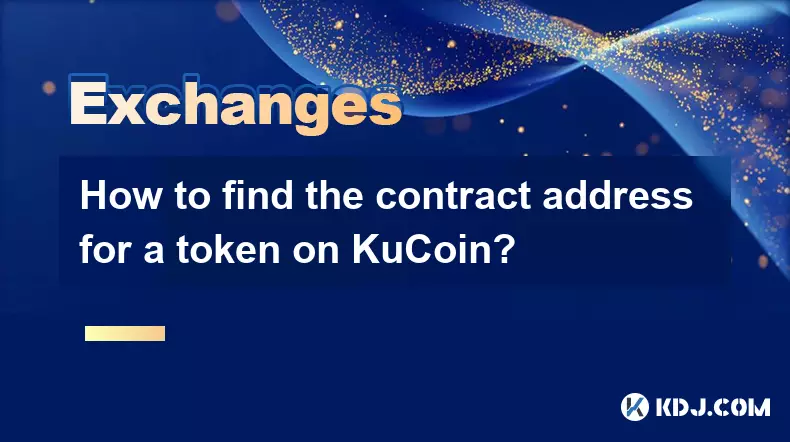
How to find the contract address for a token on KuCoin?
Sep 30,2025 at 09:00pm
Finding the Contract Address on KuCoin1. Log into your KuCoin account through the official website or mobile application. Navigate to the 'Markets' se...
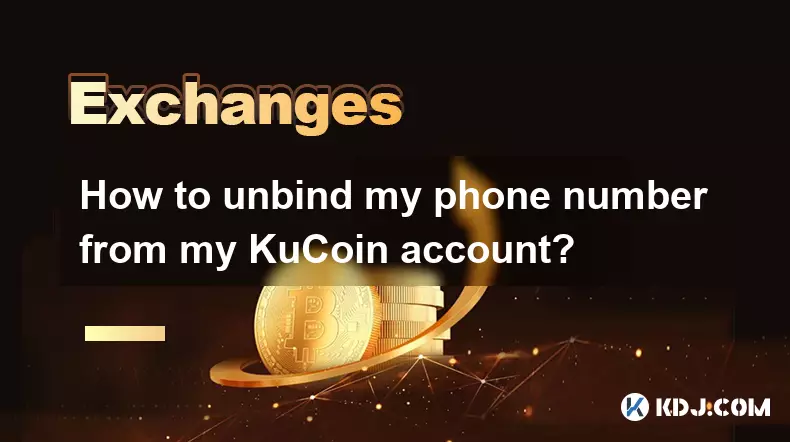
How to unbind my phone number from my KuCoin account?
Oct 01,2025 at 05:00am
Understanding the Importance of Phone Number Security on KuCoin1. Maintaining control over your KuCoin account involves managing all associated contac...
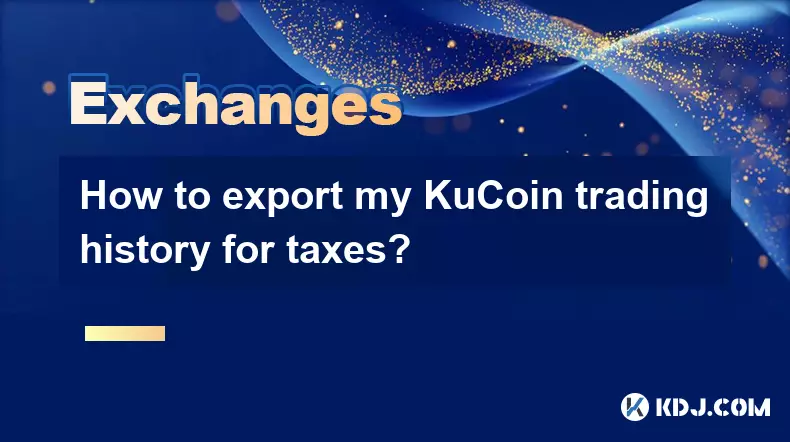
How to export my KuCoin trading history for taxes?
Oct 01,2025 at 05:18am
Accessing Your KuCoin Account for Data Export1. Log in to your KuCoin account using your registered email and password. Two-factor authentication must...
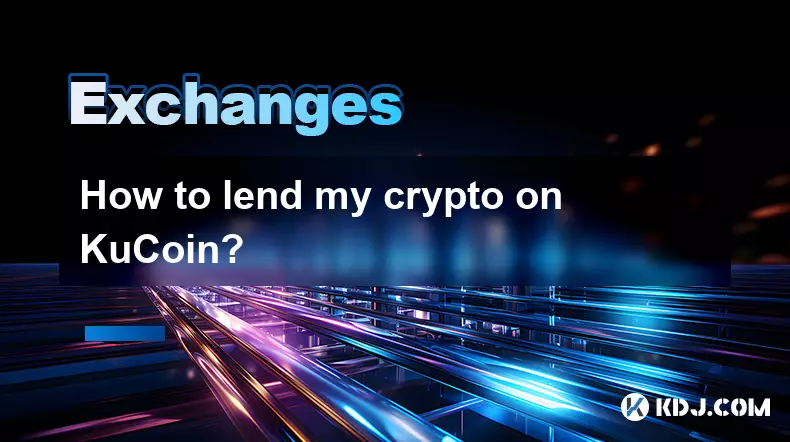
How to lend my crypto on KuCoin?
Oct 01,2025 at 03:01am
Getting Started with Crypto Lending on KuCoin1. Access your KuCoin account through the official website or mobile application. Ensure that two-factor ...
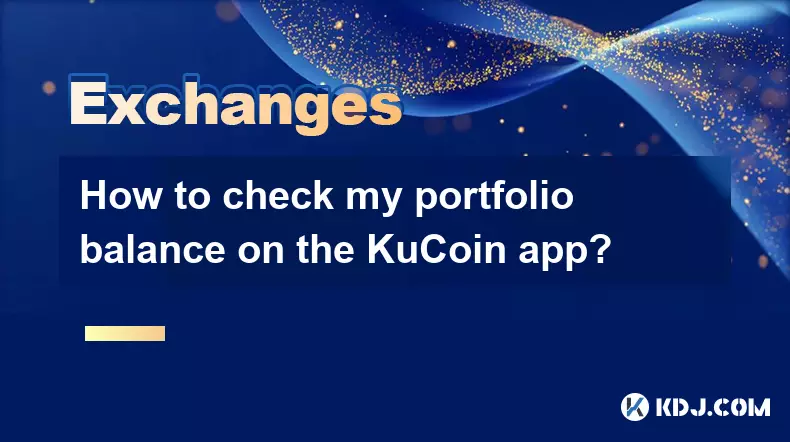
How to check my portfolio balance on the KuCoin app?
Oct 01,2025 at 07:55am
Accessing Your Portfolio Overview1. Launch the KuCoin app on your mobile device and log in using your registered credentials. Ensure that two-factor a...
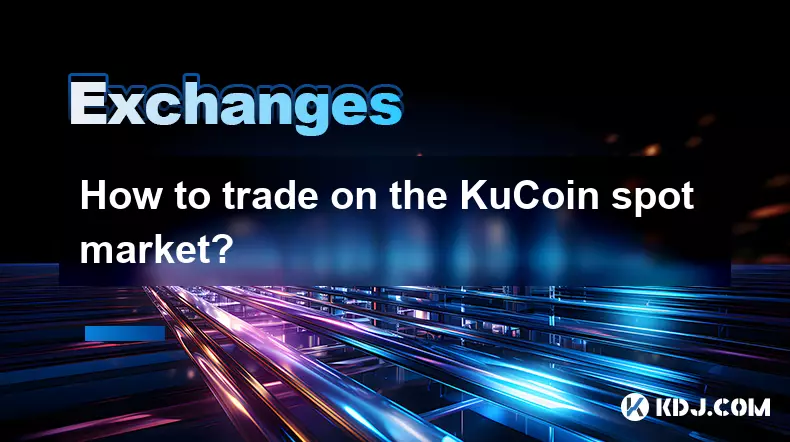
How to trade on the KuCoin spot market?
Sep 30,2025 at 11:36pm
Understanding the KuCoin Spot Market Interface1. After logging into your KuCoin account, navigate to the 'Markets' section and select 'Spot Trading.' ...

How to find the contract address for a token on KuCoin?
Sep 30,2025 at 09:00pm
Finding the Contract Address on KuCoin1. Log into your KuCoin account through the official website or mobile application. Navigate to the 'Markets' se...

How to unbind my phone number from my KuCoin account?
Oct 01,2025 at 05:00am
Understanding the Importance of Phone Number Security on KuCoin1. Maintaining control over your KuCoin account involves managing all associated contac...

How to export my KuCoin trading history for taxes?
Oct 01,2025 at 05:18am
Accessing Your KuCoin Account for Data Export1. Log in to your KuCoin account using your registered email and password. Two-factor authentication must...

How to lend my crypto on KuCoin?
Oct 01,2025 at 03:01am
Getting Started with Crypto Lending on KuCoin1. Access your KuCoin account through the official website or mobile application. Ensure that two-factor ...

How to check my portfolio balance on the KuCoin app?
Oct 01,2025 at 07:55am
Accessing Your Portfolio Overview1. Launch the KuCoin app on your mobile device and log in using your registered credentials. Ensure that two-factor a...

How to trade on the KuCoin spot market?
Sep 30,2025 at 11:36pm
Understanding the KuCoin Spot Market Interface1. After logging into your KuCoin account, navigate to the 'Markets' section and select 'Spot Trading.' ...
See all articles





















